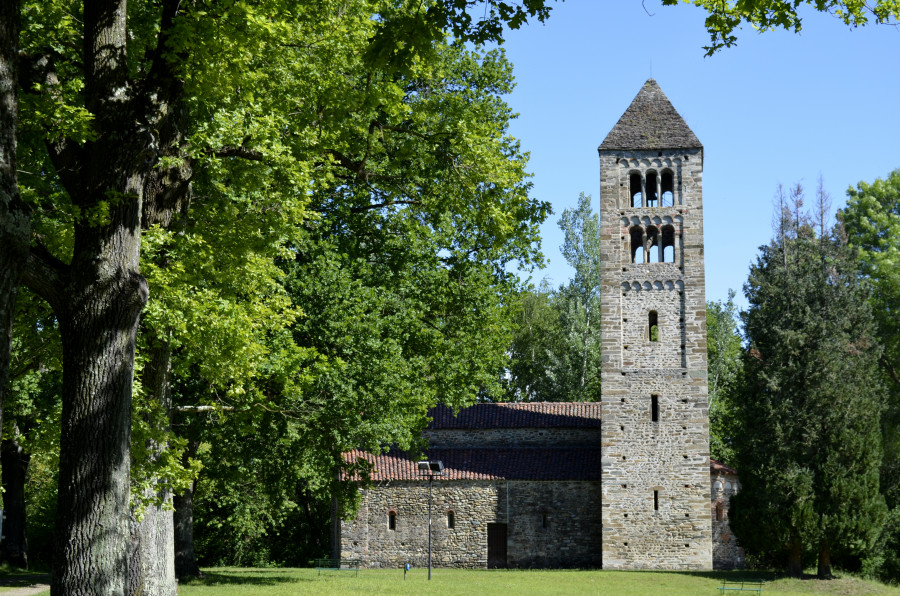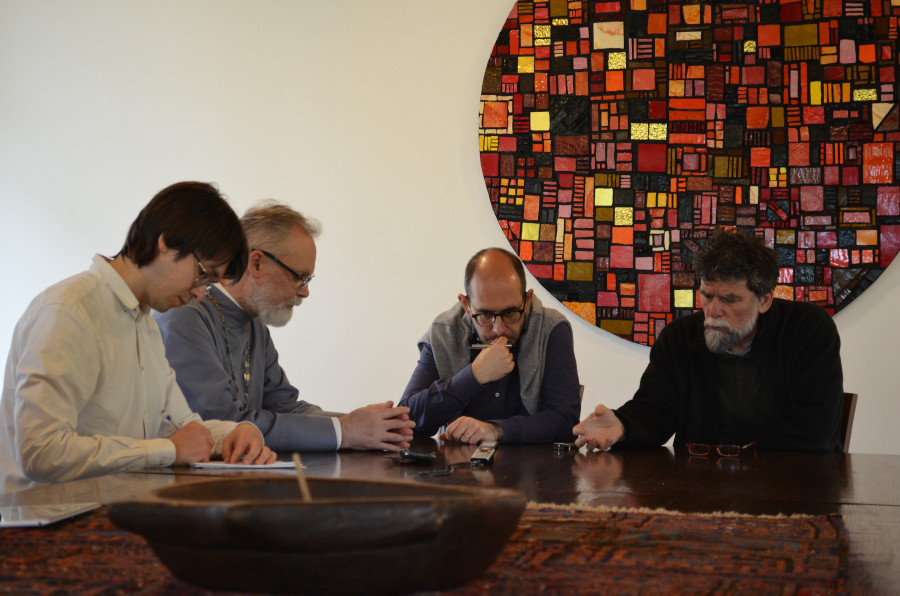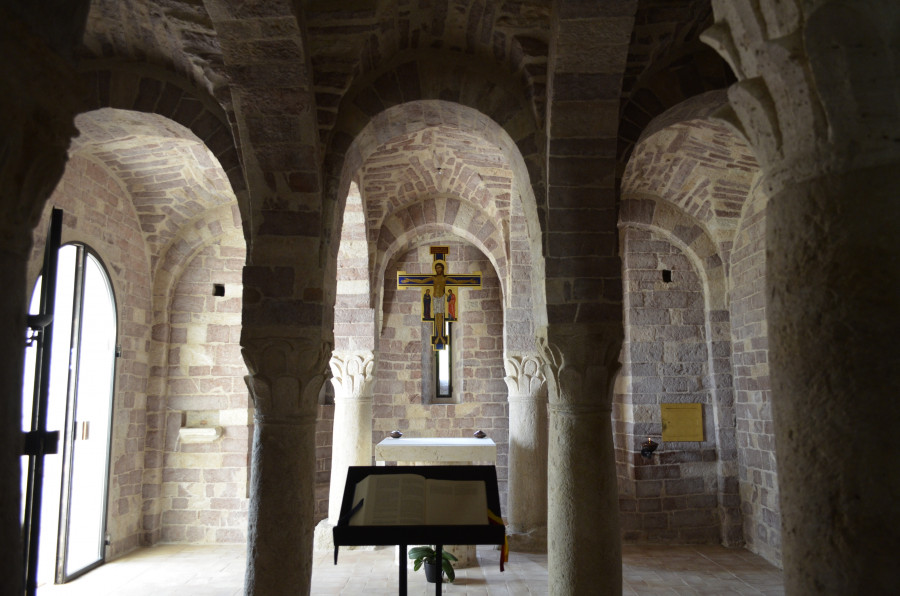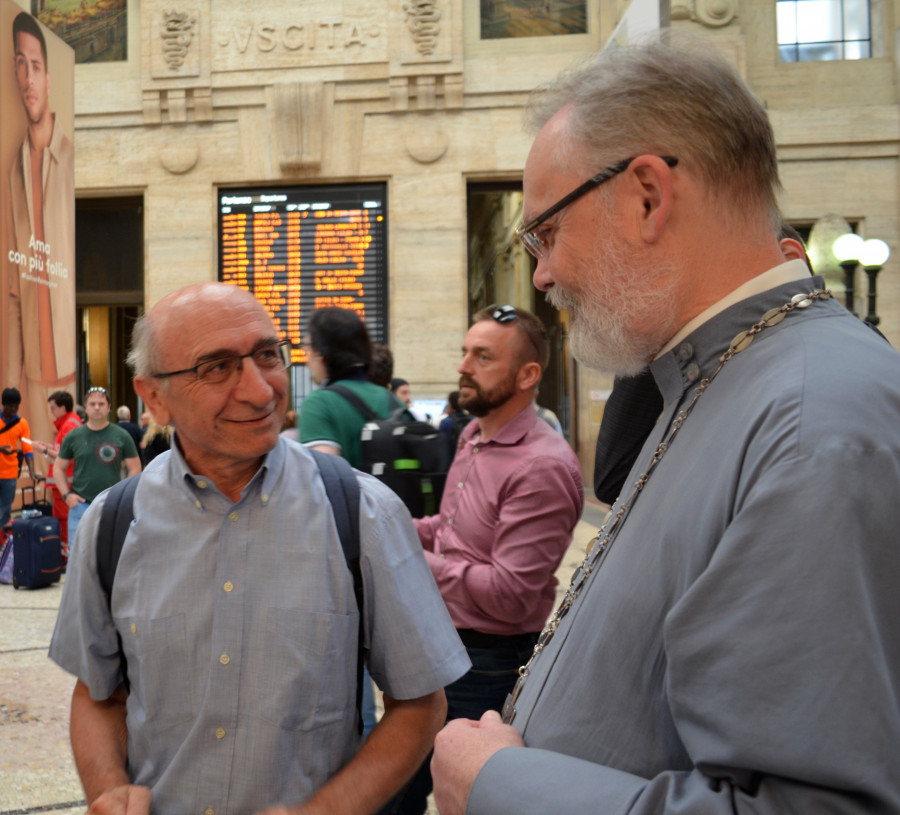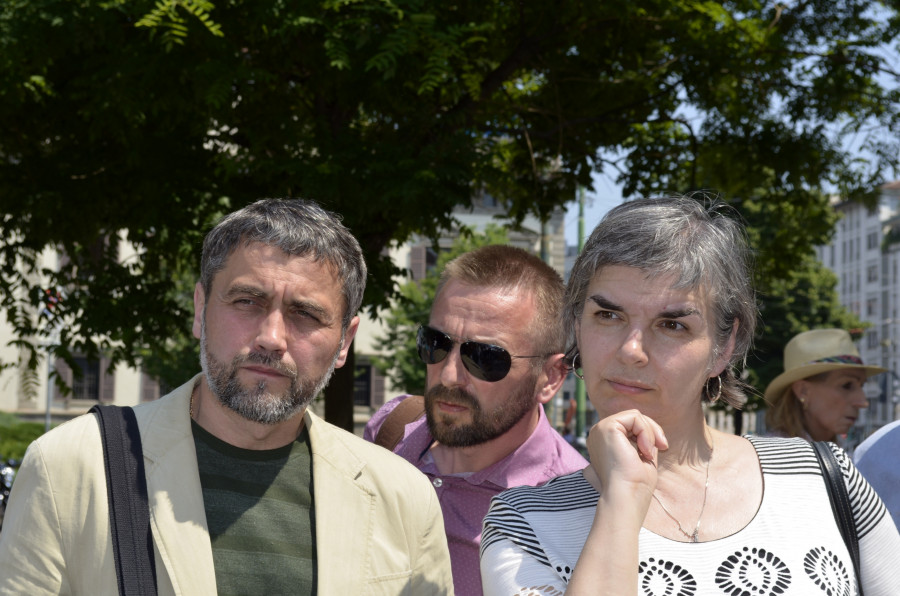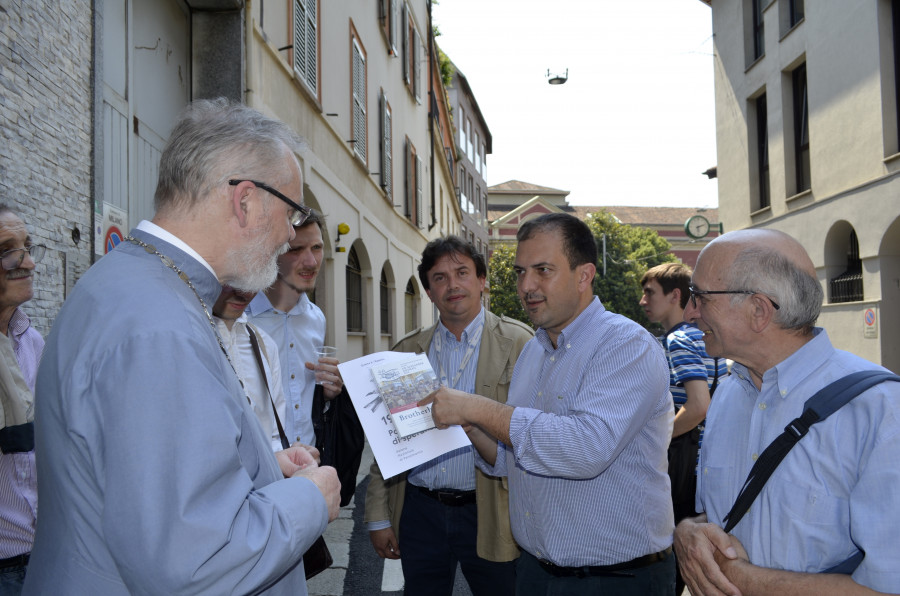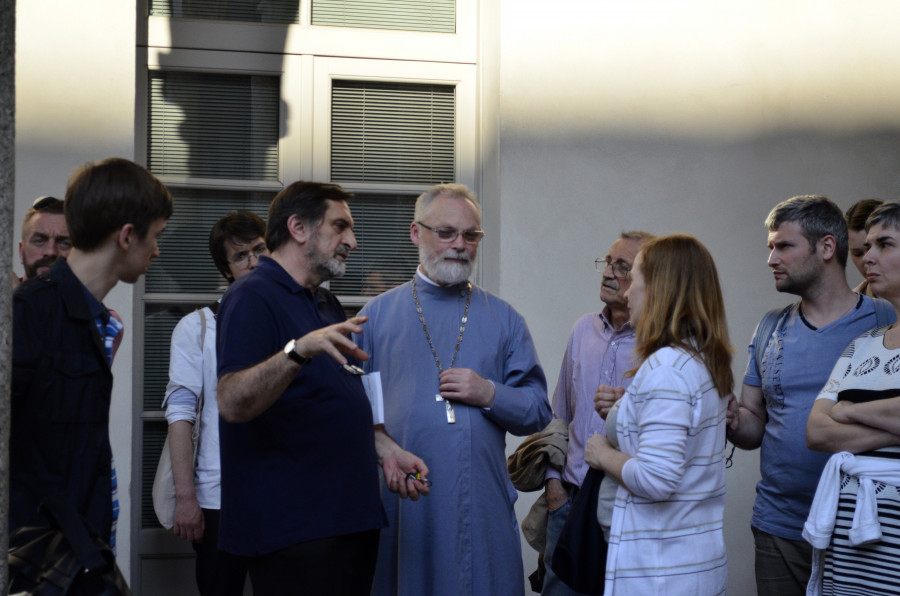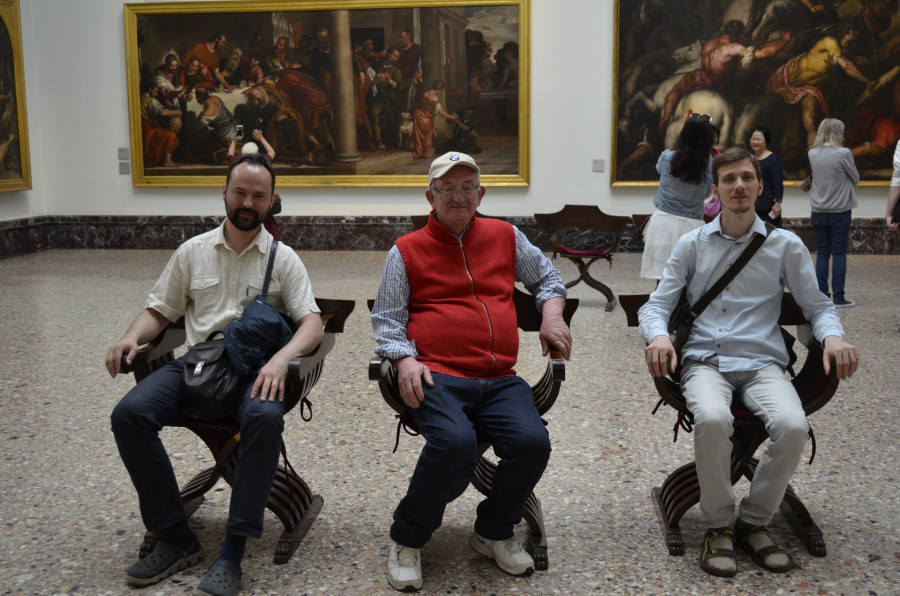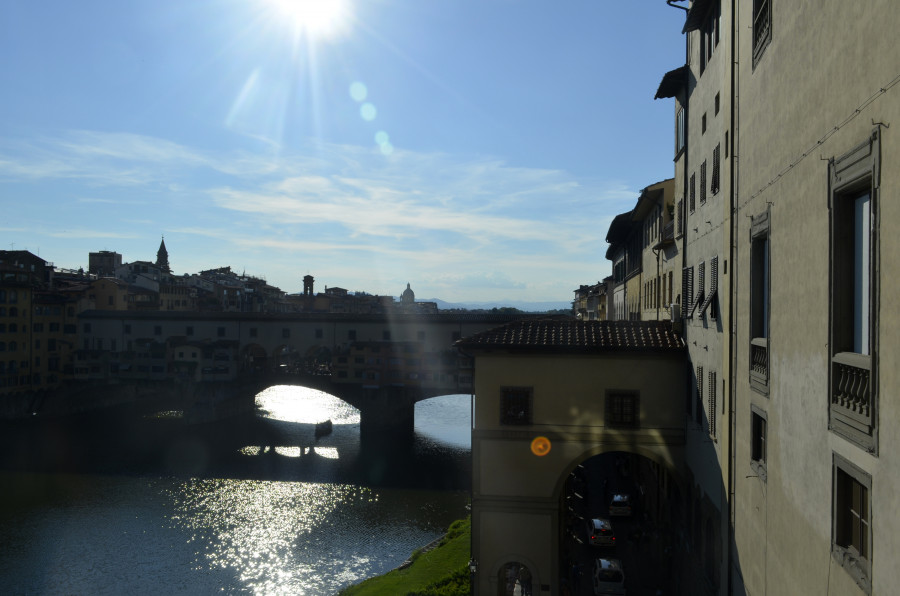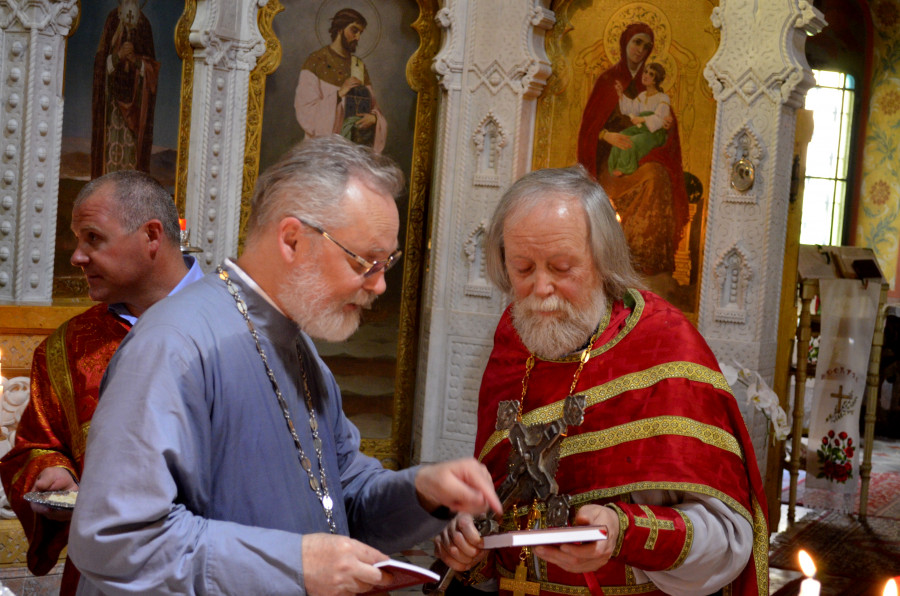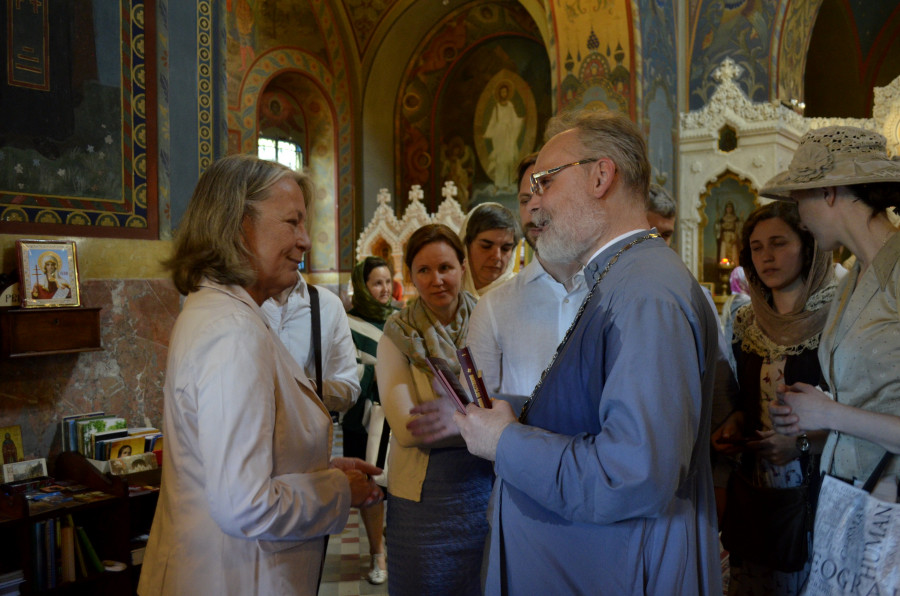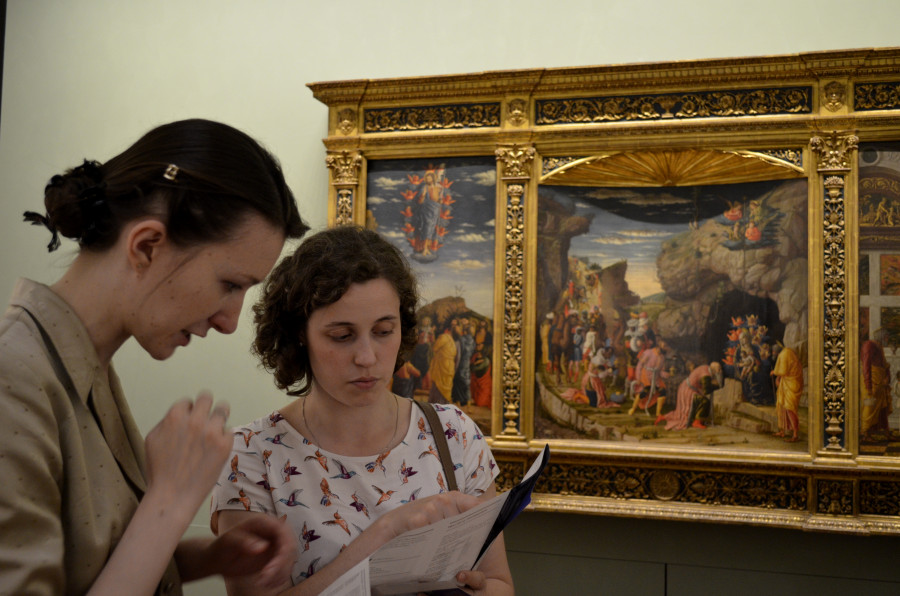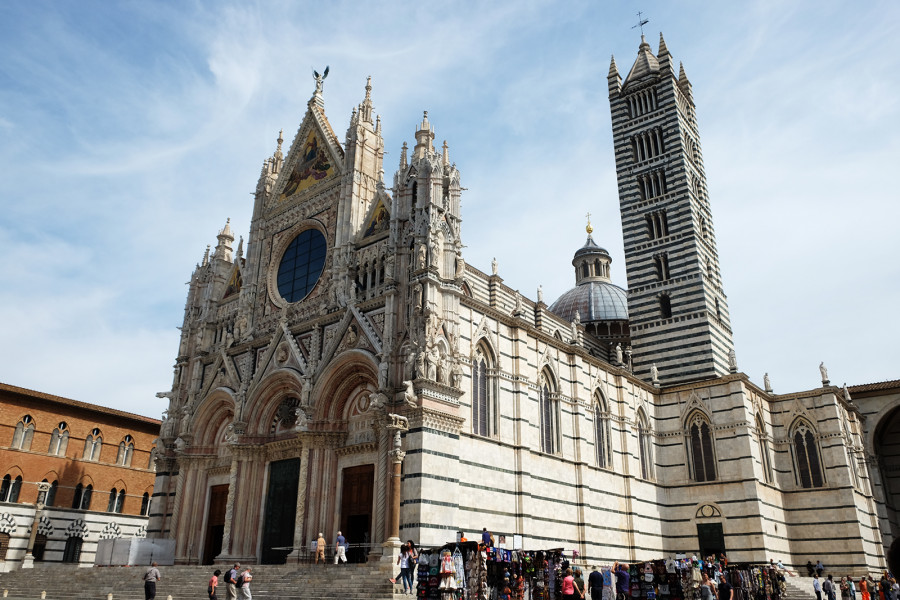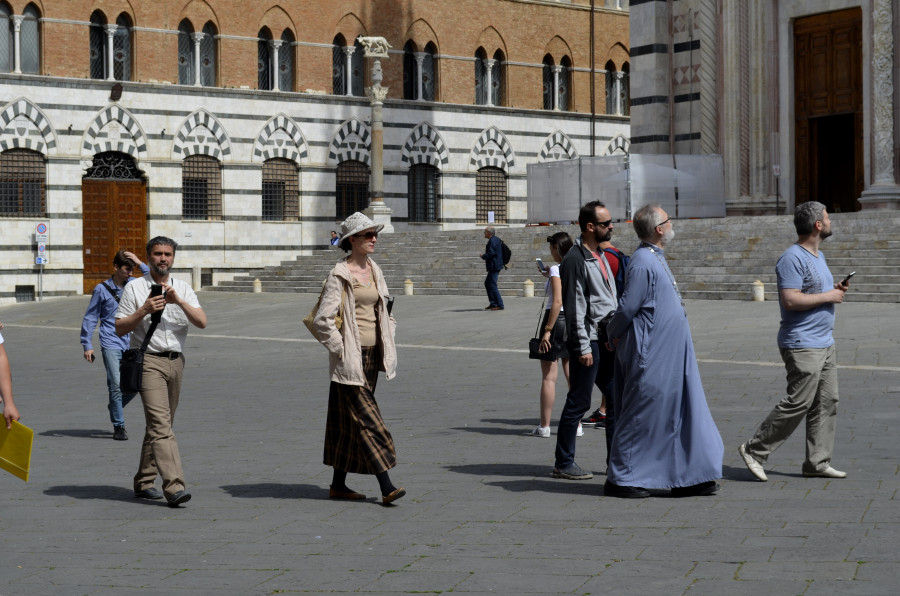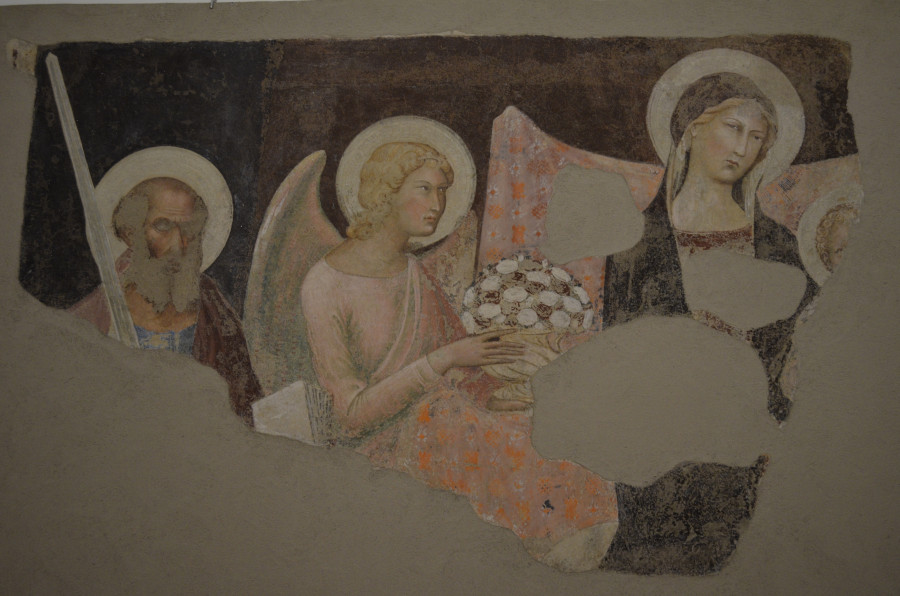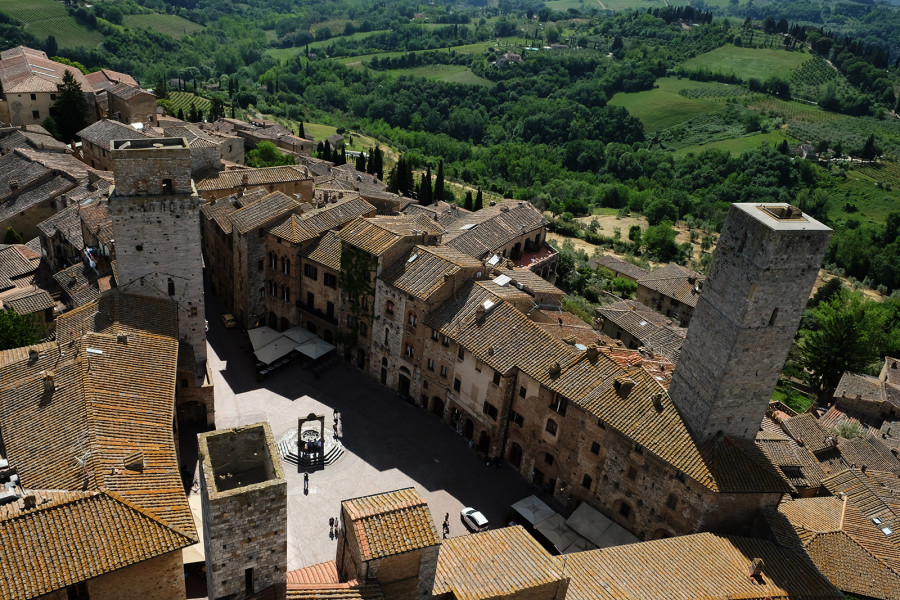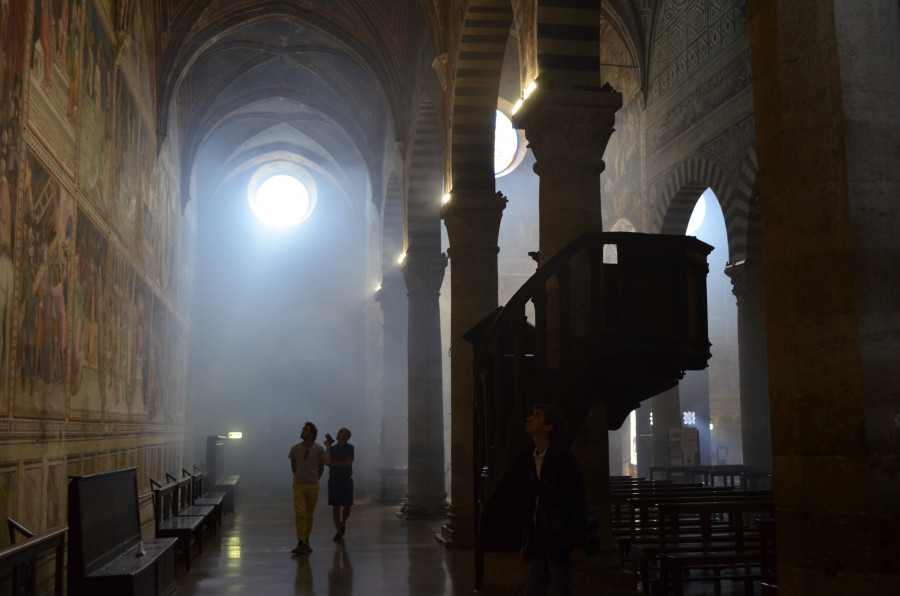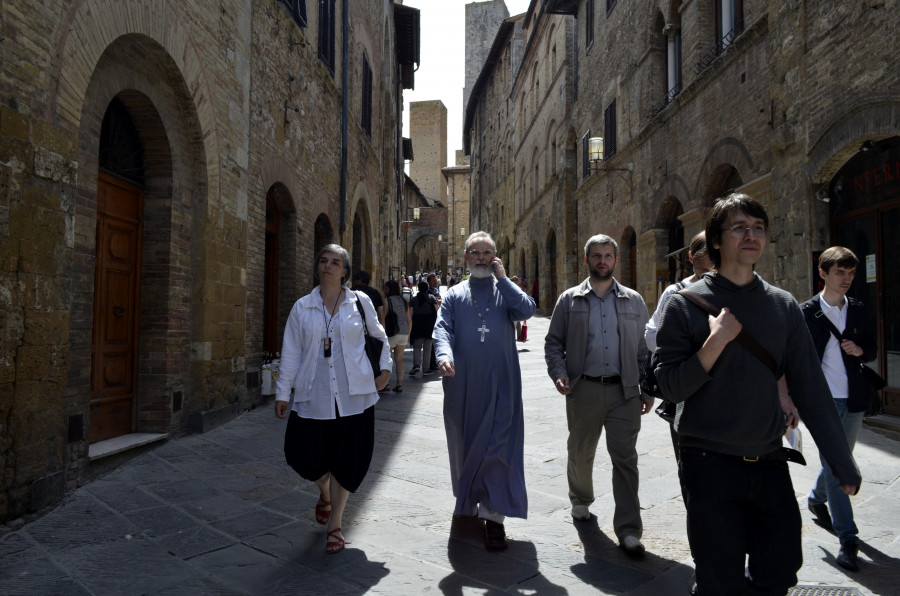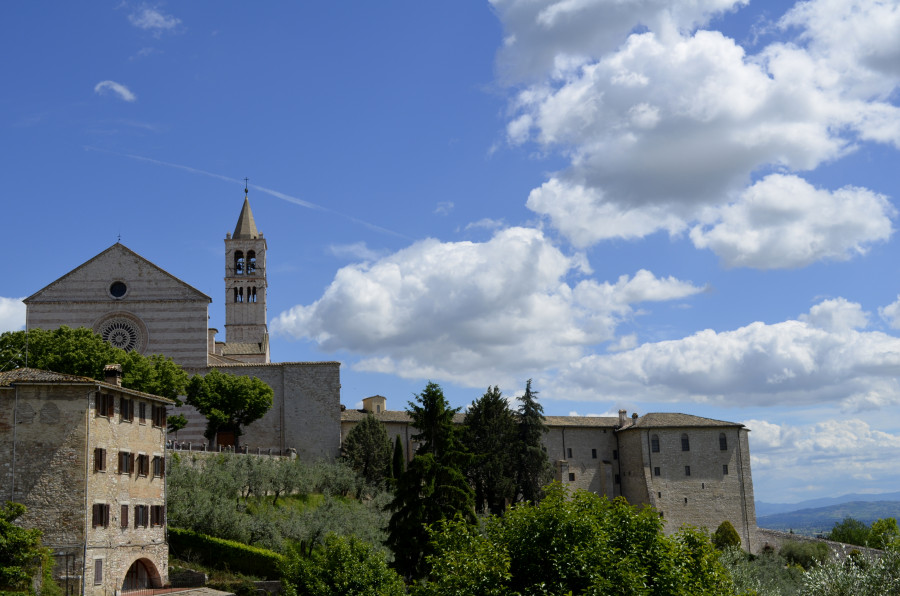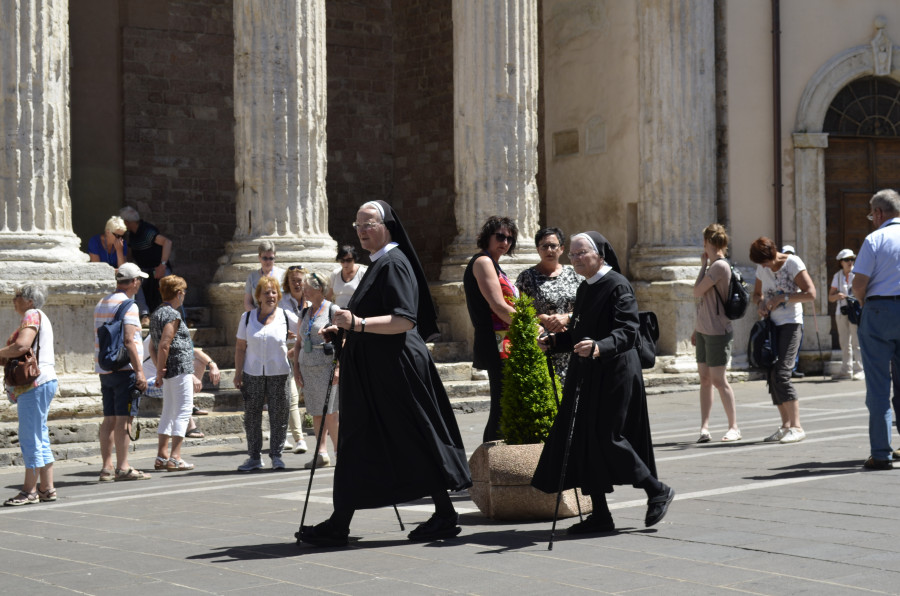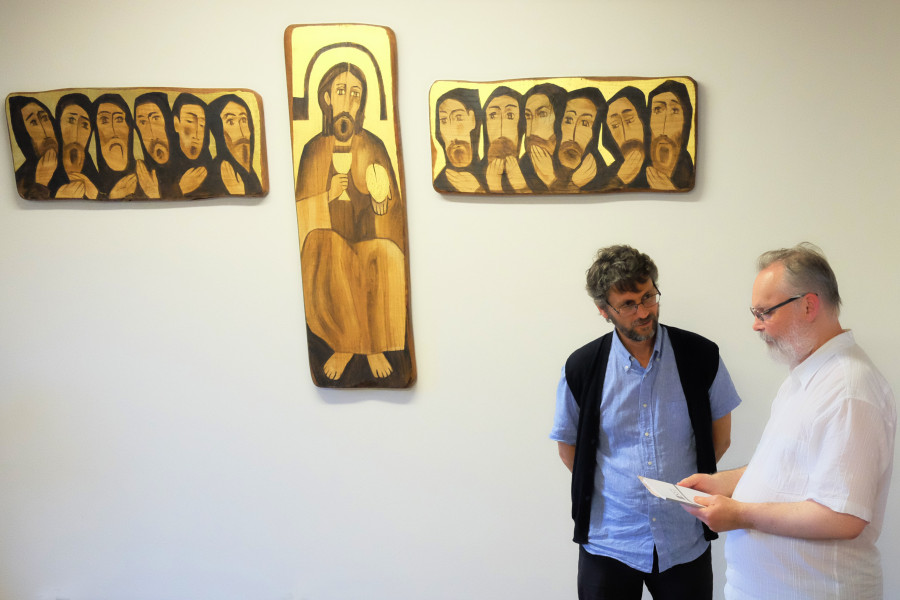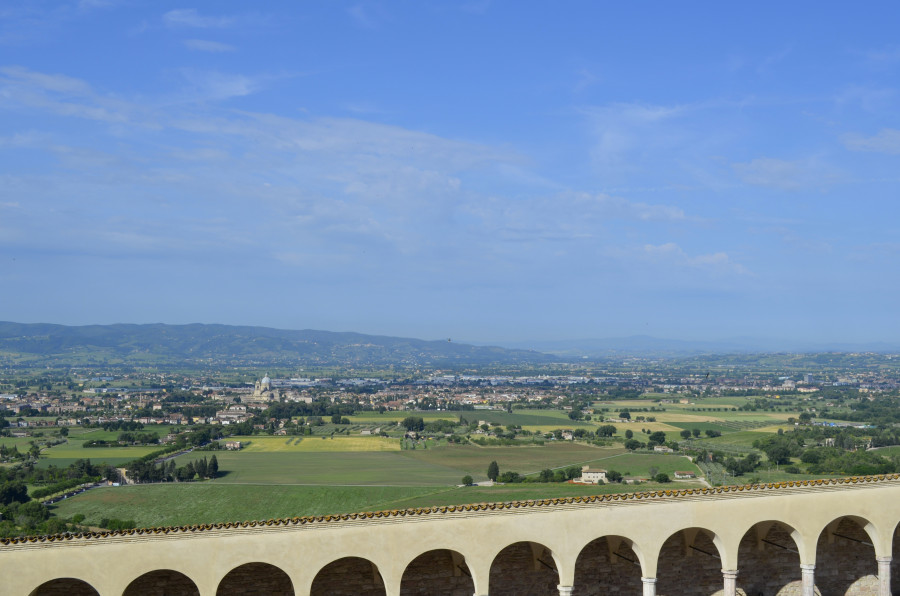In Search of the Aristocratic in Spiritual Experience
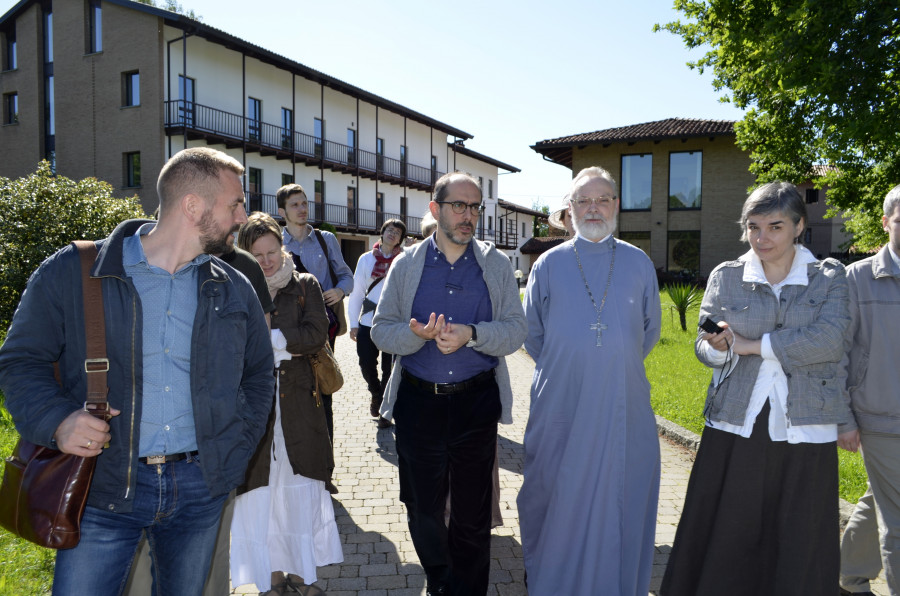
The records of our pilgrimage might be compared to a translation from one language to another—destined for imperfection given the fact that there isn’t a human tongue in existence, which is capable of communicating the “inexpressible things” by which the Lord speaks to those who seek Him. During such pilgrimages, sometimes in a very few days one traverses a path which under different circumstances would take years to travel.
At the centre of our experience stand a brother from the Bose Monastery, Adalberto Majnardi, and Fr. Georgy Kochetkov. One of the hidden tasks of such an odyssey is to enter into a world of spiritual aristocracy, and to learn the accompanying ability to sense measure, taste and tact. This is also the acquisition of receptivity to the Real, a taste for which will make it impossible to turn a blind eye to that which is lacking in quality or executed without mastery – it’s an ability to act out of intuition, and much more that for the moment remains beyond the reach of words and which we can only touch when we listen in the silence, fix our gaze upon the invisible, and hope for the impossible.
Listening in the Silence
Even though some of us had been in Italy previously, most of us were visiting the monastery at Bose for the first time. Perhaps the strongest impression of this homestead, where over 70 monks and nuns from different Christian confessions pursue their spiritual struggle, is the Silence, which is not only caught up in the breath of the surrounding alpine meadows, but also lives in the hearts of Bose’s inhabitants. We see it in their eyes, the way they walk, the work of their hands, and we hear it in their words and sense it in the harmony of the totality of their service to God. Bose is notable for that particular, living, spirit-bearing silence, which it is impossible to mistake for “dead” silence. From eight in the evening until eight in the morning it is usual to maintain il grande silenzio – the great silence. Silence is also kept at table at Bose.
During our time in Italy we also visited two daughter communities of Bose at Cellole and Assisi, in addition to the main monastery. Each of the daughter communities are home to five brothers. Cellole is located on a raised plateau, surrounded by a breath-taking view of the Tuscan hills. A mere 25 kilometers from here is the seashore, which cools the air with salty maritime breezes in the mornings. We said our prayers in an ancient Romanesque church, built in the 13th c.
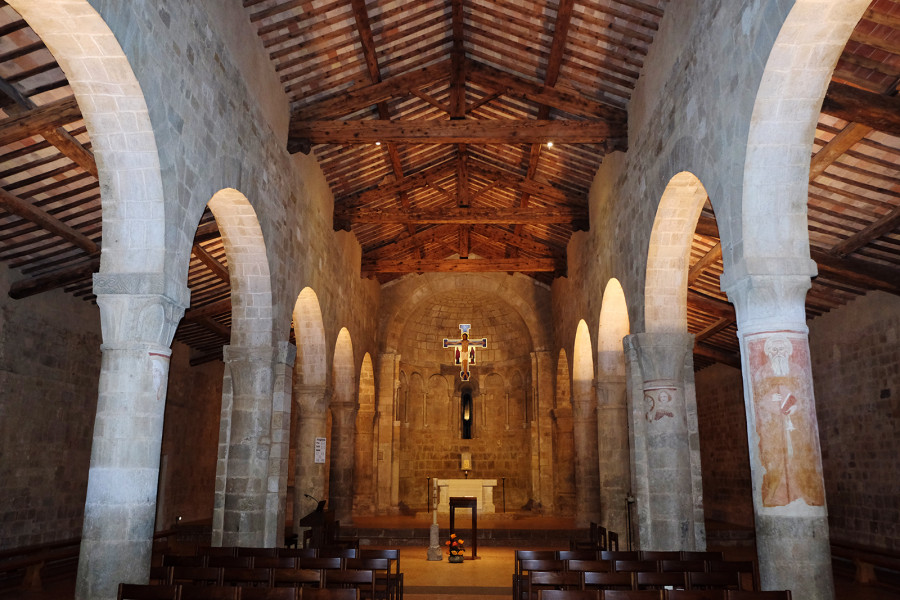
It is amazing how such an ancient temple, breathing the prayers of those in Bose, can seem so alive and contemporary, both within and without. The second daughter community is at the base of Monte Subazio, on which the ancient town of Assisi – once home to St. Francis of Assisi – is situated.
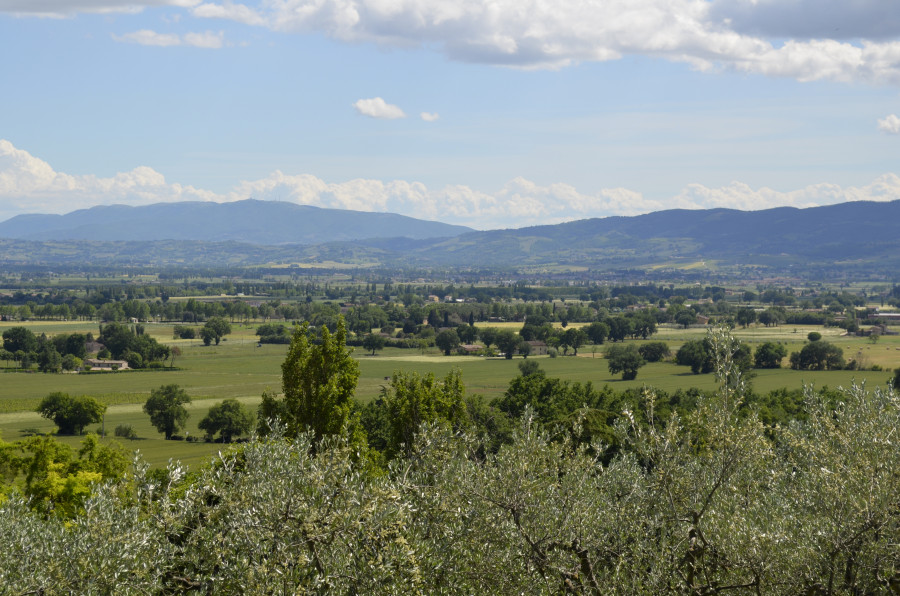
We spent almost a week and the main Bose monastery, from Sunday evening until Friday morning. We lived in a two-story building a couple hundred meters from the Church and dining area. In the distance, in the blue haze, we could just see the Alps. Right outside the gates of our retreat lay a meadow with a road running across it to an ancient Roman church. In the early mornings a herd of sheep grazed on the pasture. This bucolic scene probably hasn’t changed significantly over the last hundred years.
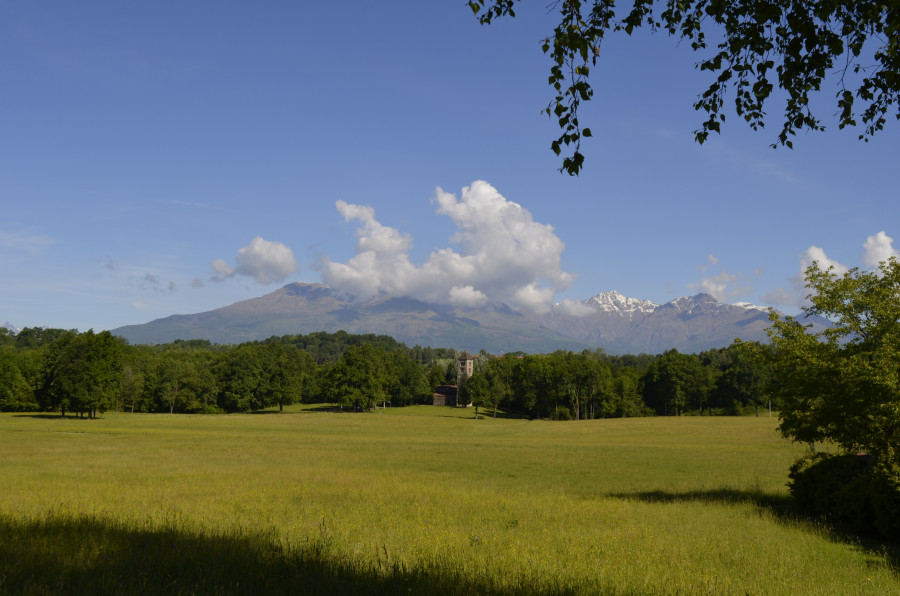
Most of us stayed in single-person cells, though a few were housed in two or three-person accommodation. Everything was as simple as possible with no unnecessary extras, though at the same time there was nothing done without taste, even in the smallest details. Everything was marked with the stamp of having been carefully thought through. With just a single extra perfect stroke, it seems, a wall that is in no way noteworthy turns into a work of art. The extra stroke might be a ceramic plate on an external wall, a little statue of an owl, or an inscription. Even the way the wall is laid – bricks of different size and provenance laid lovingly one beside the other, partakes in the breath of creative freedom, behind which is hidden untiring labour.
The community at Bose serves according to its gifts in providing hospitality to guests, though at the same time, the community as a whole and each of its members have the life space that a person needs to be alone with God. This secret of faith, prayer and life is untouchable and invisible to the eye that endeavours to perceive it from the outside.
When they gather for prayer, the monks at Bose dress in white monastic habits. They seem to be at an unachievable level of concentration before the face of God – living icons. They are clearly the most important decoration in the church, apart from which – other than the crucifix in the vault of the apse and the icons on the lectern – there are no other images of Christ, the Theotokos, or other saints. After church services, the brothers and sisters take off their white robes and again appear in their humble work clothes, and are in no way distinguishable from pious laypeople.
Morning prayer here begins at six o’clock in the morning. The structure of worship is heavily dependent upon the Roman Catholic, on the one hand, but on the other hand it is alive with the breath of brotherhood that is so familiar to us, with its openness and constant creative search. The order for daily services is extremely simple: after a short, sung introduction, one of the Bose hymns is sung, then three chosen Psalms, an Old Testament reading and the Gospel reading. In the place of a sermon the brothers and sisters keep prayerful silence, a fragment from the Old or New Testament is then sung to music, then there are responsorial or petitionary prayers (in the evenings this can be also be free-form prayers) and finally, closing prayers. Meditative singing in Italian language to the accompaniment of the organ in something akin to the tradition of Gregorian chant, reveals Psalms and well-known scripture passages to us, it seems, in an entirely new light.
My previous experience of visiting monasteries has left me with the impression that monks are generally closed people – not available to fraternize with. But here, to my amazement, everything was different. At meal times and during common work, the brothers and sisters were warm and welcoming to us. Our “guardian angel” was brother Adalberto Majnardi, who speaks Russian well. During our time at Bose we also had the chance to make the acquaintance of a number of other brothers and sisters, with whom we ate and worked.
The brothers and sisters here work seven hours per day. On the third day of our visit to Bose, we also were sent to work at an obedience. Some of us were assigned to work in the vegetable gardens, the flower beds and the green houses, and we sisters were sent to the kitchen to cut oranges for making jam. A young brother by the name of Paolo was in charge of us. Other than Italian, he understood a very little bit of English. With a bit of common effort, we overcame the language barrier fairly quickly, and started to learn the finer points of our culinary craft.
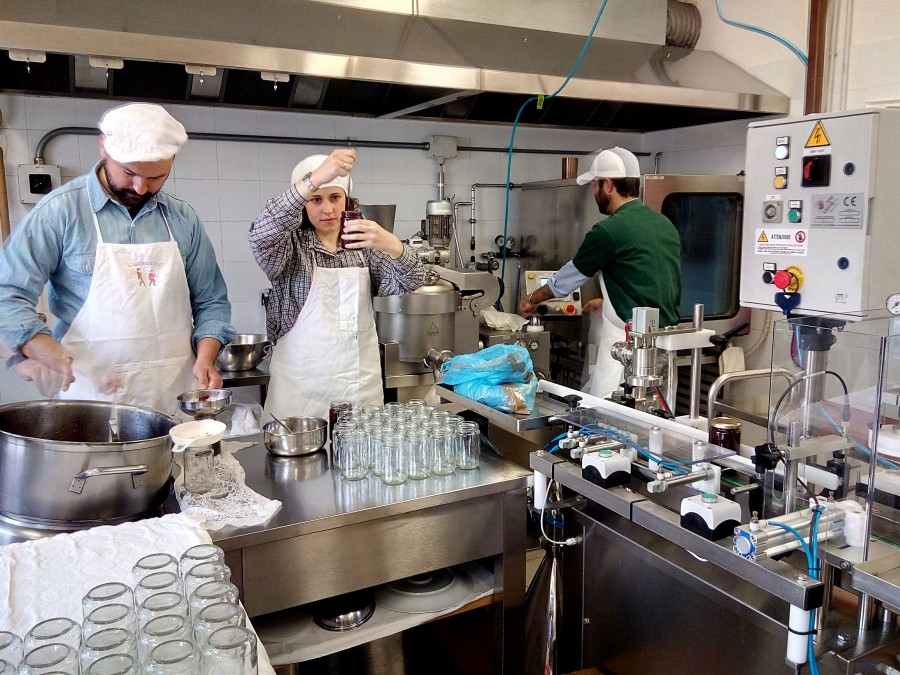
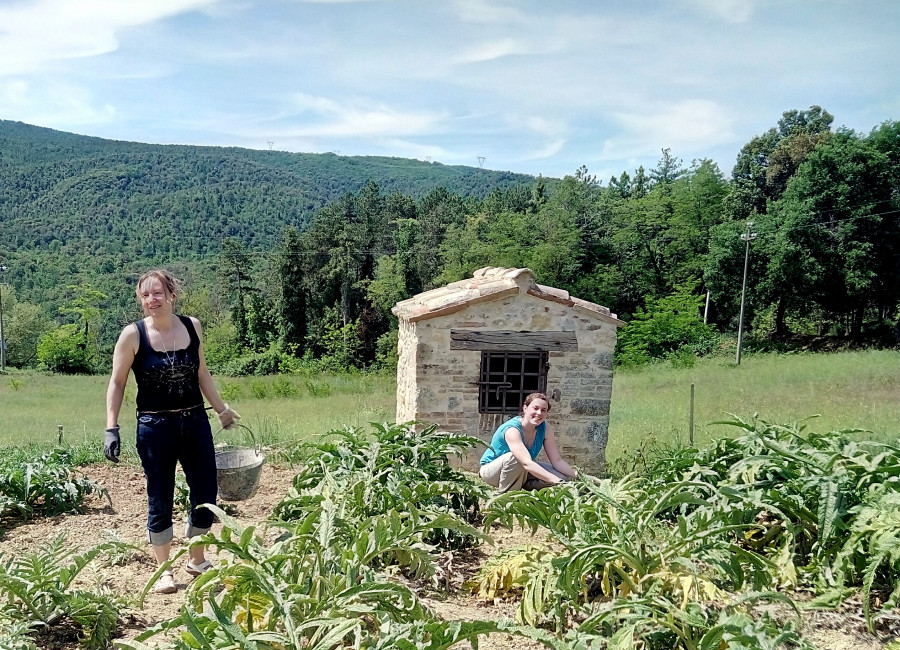
At the entrance to the kitchen where the sisters were working at their obedience my eye caught a patchwork depiction of an owl in a frame, bearing the caption, “the more you keep silence, the more you know – the more you know, the more you keep silence.” In a word, owls are among the most beloved of images in Bose. As brother Adalberto explained, the owl symbolizes not only wisdom but also vigilance which is especially necessary to the monk. For this reason there are so many ceramic owls scattered about the monastery. In one of the dining halls we actually saw an entire stack of such owls which started at the floor and ran all the way to the ceiling, each step occupied by a ceramic owl.
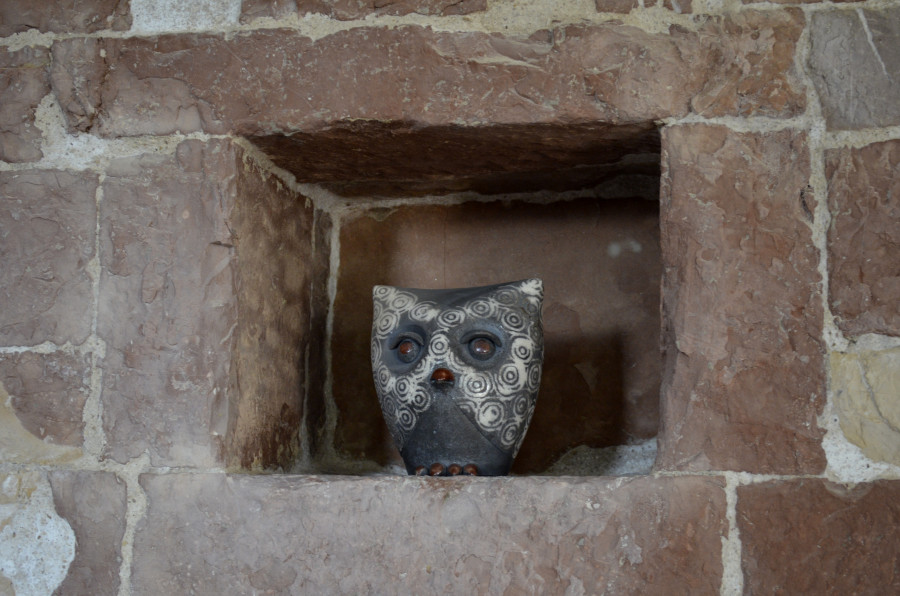
A day before our departure from Bose we met with the new prior. Luciano Manicardi, who was elected prior by the community in January of this year. He isn’t a priest, though due to his rank we called him “father”. In answer to our question about what, if any, priorities he sees for his work in this position, Fr. Luciano said that the community is learning to grow more mature in its sobornost. In his words, Fr. Enzo Bianchi is an absolutely unique and charismatic personality, so, in this sense, it is impossible to become a “second Enzo”. But this, in particular, inspires Fr. Luciano to make decisions “in council” with other brothers and sisters. This stage of life is different in principle and, of course, very difficult.

Also, toward the conclusion of our stay, we met with all the brothers of the monastery, but I’d like to dwell particularly on this closer to the end of my account.
Fixing our Gaze on the Invisible
Over the two weeks of our pilgrimage, we visited Milan, Florence, Siena, San Gimignano, and Assisi. It’s possible to follow the most well-worn tourist routes and see the sites of international renown, yet nevertheless miss something very important. There is always something invisible, that is generally hidden from the idle, external eye. This thing that the eye of the outsider misses, is probably the difference between an original and a perfectly executed copy. It’s the sort of difference that is irrelevant if you look at this from the external perspective. But every Christian – especially if he chooses the road of study and obedience – is increasingly pulled into the experience of not only listening to silence, but also gazing upon the invisible.
It hardly makes sense to compare all the above-mentioned cities. Each of them is wonderful in its own way, although some may prefer, for instance, the life and fashionableness of Milan over the unhurried pace of life in Siena. It’s even harder to compare the museums that we visited – the Brera Gallery in Milan, Palatio Pitti, the Academy of Fine Arts and the Uffizi, in Florence, and the National Picture Gallery in Siena and Assisi.
The sites of Milan can make the head of even s seasoned traveller spin. In fact, the Milan Cathedral itself – built over six centuries by the local inhabitants and completed only in the 1960s – is capable of engendering dizziness. But Milan amazes not only with its architectural gems, but also with its nearly Babylonian gaudiness on an unimaginably endless backdrop of boutiques and expenses shops.
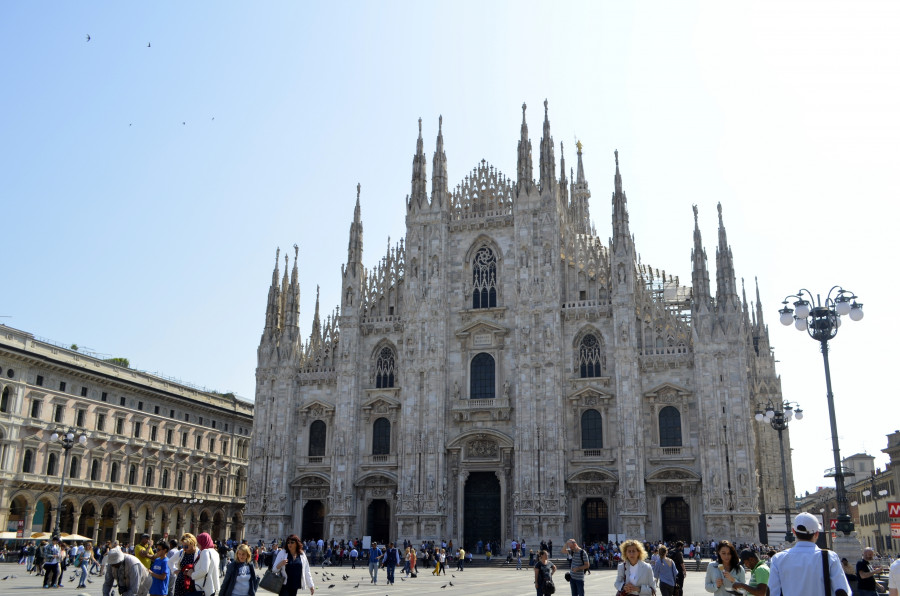
In Milan, we met with representatives of the ACLI (the Association of Christian Workers of Italy): PhD in Economics and ACLI President for the Province of Milan Paolo Petracca, ACLI President for the Province of Kom Pierangelo Torricelli, and Alfredo Pozzi, a graduate of the Theology Faculty of the University of Northern Italy, who took us on a tour of the Theology Department.Our unexpected acquaintance with this Roman Catholic institute of higher learning provides new opportunities for cooperation to St. Philaret’s Orthodox Christian Institute.
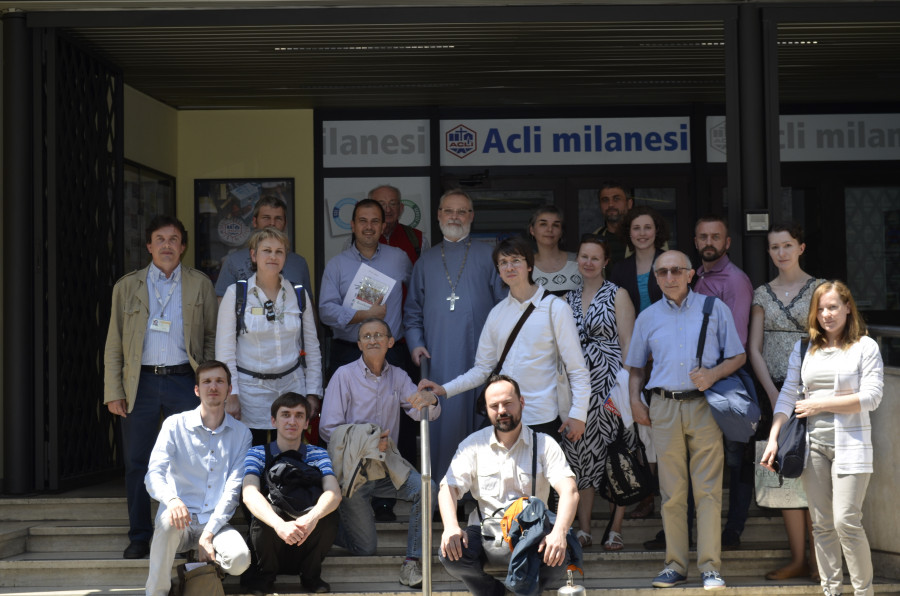
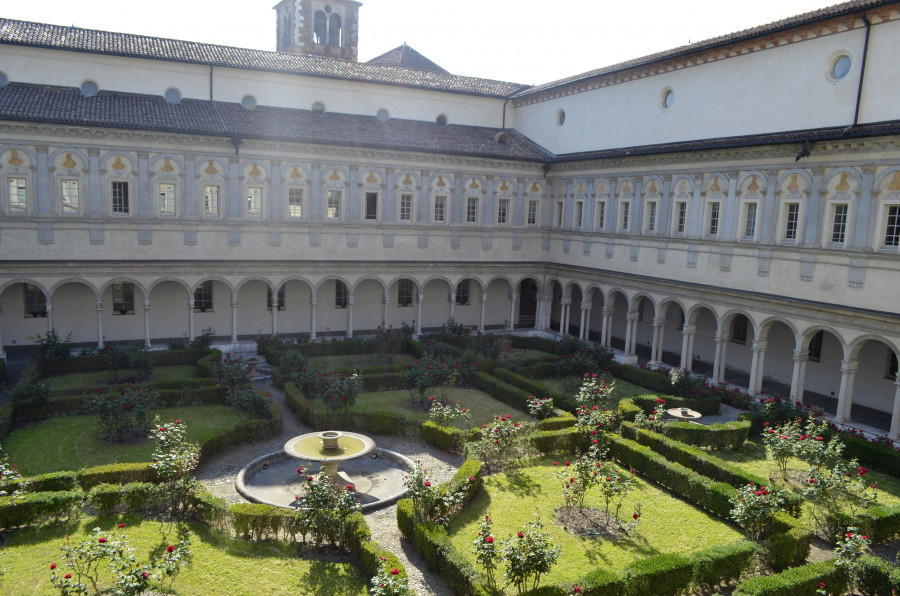
In Florence, which by right is generally referred to as “the Flower of Tuscany”, we spent three days, living on the fourth floor of an old house in the via dei Pepi.
On Sunday morning, while answering our questions on the Pauline epistles, Fr. Georgy spoke about work and servitude, service and labour. In particular, he said that a true genius is the person who works more than all the others. Without that focussed work, no matter what the gift, a person won’t be a genius. This thought, like a shining silver thread, became intertwined with the experience of all our museum visits. Michelangelo, whose statue “David” we saw in Florence, is one of these genius-workers. In contrast to other, earlier statues of David, Michelangelo depicts not the victorious king and psalmist, but the humble shepherd, only just preparing for the unequally matched battle with the giant Goliath. The statue communicates not the lonely decisiveness of dedication, but the greatness of the freedom to answer God’s call. Despite his opponent’s significant advantage in terms of strength, David defeats Goliath specifically because he manages to direct his limited strength entirely toward hitting his specific target. Probably each and every Christian must be similarly directed in order to fulfil his or her personal calling. St. Catherine of Siena bears witness to this fact in her words which we read in the Gothic cathedral of the Assumption of the Holy Virgin in Siena: “Be the person whom God imagined you as, and you will set the world on fire.”
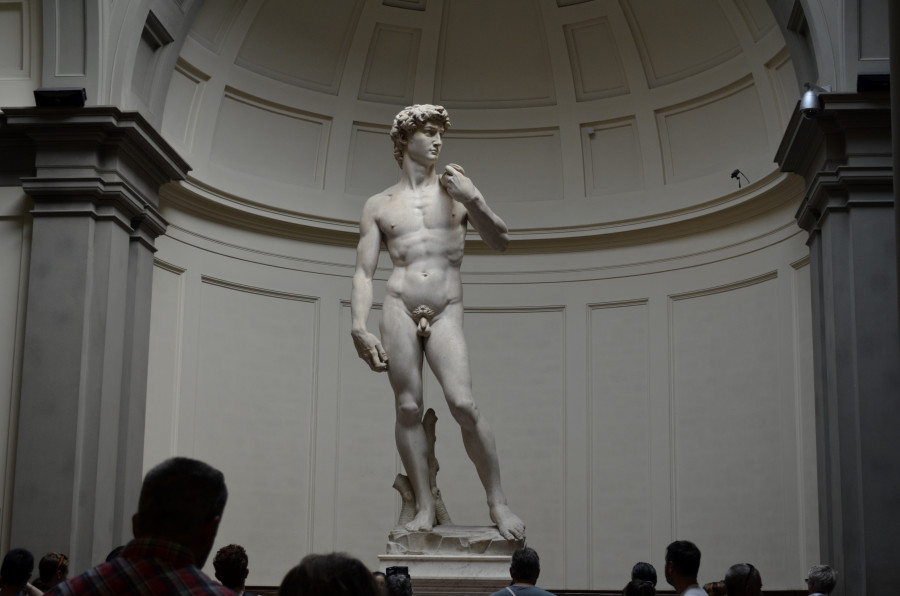
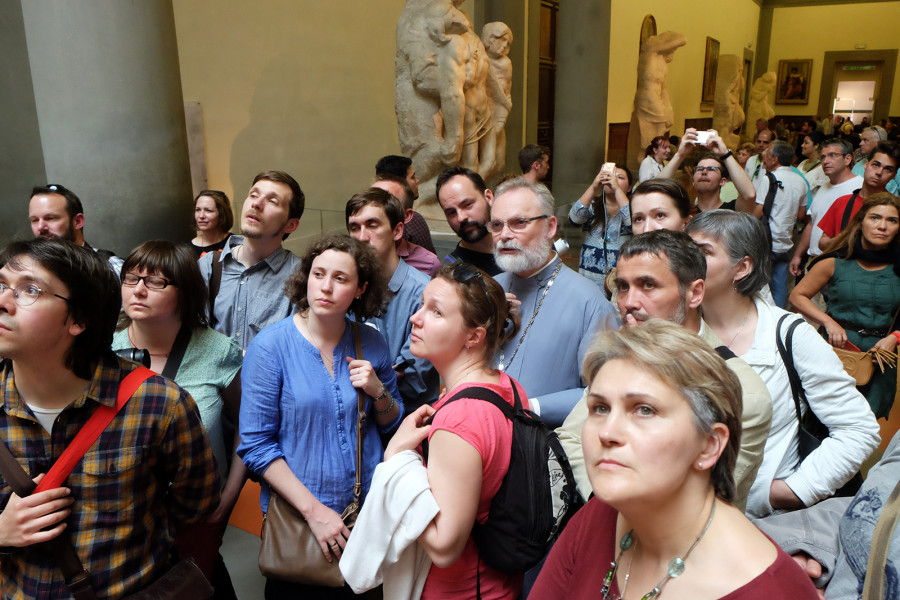
In the final days of our pilgrimage, we visited the homeland of yet another celebrated Roman Catholic saint, Francis of Assisi. According to Rupert, one of the five brothers of the daughter hermitage of Bose in Assisi, in this little city which has a population of no more than 800 (everyone else here is a tourist or a pilgrim), there are more than 50 different branches of the Order of St. Francis.
It seemed symbolic that we were in Assisi at the time of the holiday of Ascension, for this city is marked by even steeper pathways than Siena! Its cobbled streets, the majority of which are more like staircases, are almost like a continuation of the living spaces of the houses which line them, like corridors connecting rooms. Assisi is a city of steps, and here every step serves as a reminder that movement up and forward demands particular effort, though to trip and fall downwards, head over heals, might be easier, it is also much more risky!

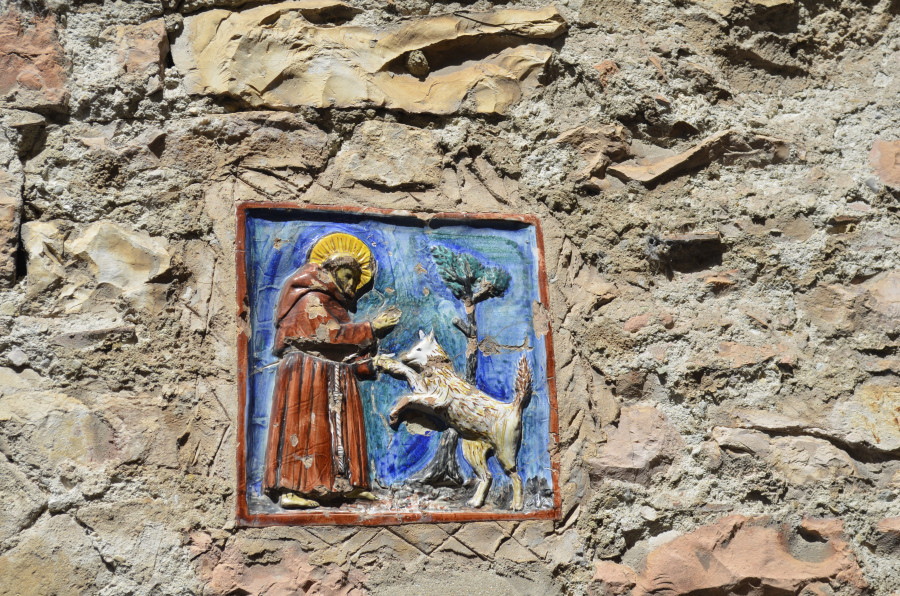
Hoping for the Impossible
In conclusion, it is impossible to close without mentioning a topic that is one of the most important for our Brotherhood these days – the Calling our Nation to Repentance Initiative, to which we endeavoured to bear witness from the moment we set foot on Italian soil. This wasn’t simple, but it is very important; after all, outside of Russia, people quite often confuse what is Russian with what is Soviet, and this confusion makes real dialogue impossible.
On the eve of our departure, the Bose community invited us to a farewell evening in the large conference hall underneath the church. NearlytheentireBosecommunityattended. Fr. GeorgyKochetkovtoldoftheCallingourNationtoRepentanceInitiative and about the importance of everyone’s effort to remember each and every one of us on earth. Theaudiencelistenedveryintently, which was evident from their faces. Some nodded their heads, others made small exclamations in amazement.

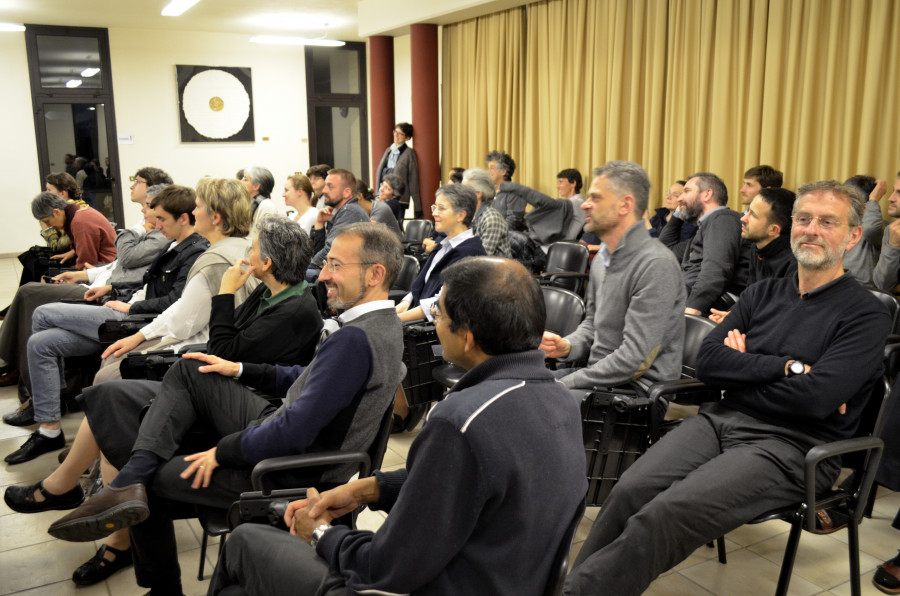
Just a few days after our departure, the monastery’s site ran a news item about our visit. Among other things, the piece quotes Fr. Georgy’s words from that farewell evening, about the fact that we can witness to hope and find truth in ourselves, in our church and in our nation only if we name things for what they are and admit to evil when it has been committed.
By all accounts, that meeting found its continuation not only at Bose. While we were travelling to Cellole, the Bose brothers called ahead of us to tell of our visit as a whole and of the farewell meeting in particular, recommending that we continue our conversation from that meeting with the Cellole brothers at one of our mealtimes. During that time, one of our brothers, Dmitrij Kashtanov, proposed that those in our group raise their hands if anyone in their families had been either repressed or a repressor during the Soviet regime. Not even we ourselves anticipated the result: nearly every member of our group raised his or her hand.
In the face of such unrelenting evidence it might seem as if the past can’t ever be put to right, the present should be without joy and the future without hope. But when you are fraternizing with people who speak a different language and live in an entirely different cultural and historical reality, you begin to see your life, with all its past, present and future, from a slightly different angle. Having tasted the mystery, during those few short days, of listening in the silence and gazing upon the invisible in the presence of God, we also began to hope for that which is, in human terms, absolutely impossible – that our nation can really be reborn through repentance before God for all that we have done against him during the 20th century.
With these new riches of “hope beyond hope” we return to our native land and to Moscow weekdays. After the snow that fell here in May and all the storms that followed, we again can’t see the sun, but we know after this, our latest trip: on the other side of the clouds the sun is always shining. That thought alone makes us feel warm and comforted. There is always something for which to thank God.
Alina Patrakova
Photos by Kirill Mozgov, Dmitri Kashtanov, Ksenia Tsvetkova, Inna Saulova
Translated by Georgia Williams
